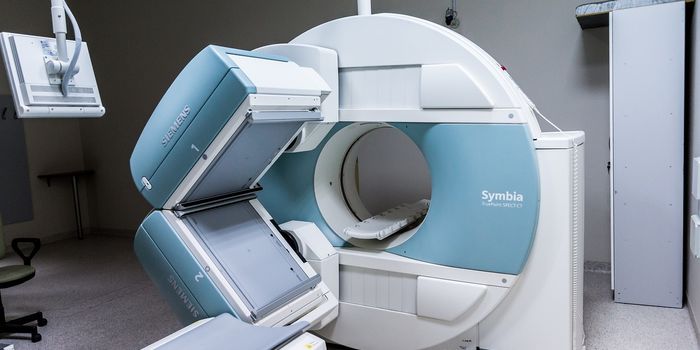Artificial Intelligence May Soon Detect Brain Aneurysms
Artificial intelligence (AI) may soon help doctors diagnose brain aneurysms which are bulges in blood vessels that can lead to stroke, brain damage, and death. However, with the new AI tool developed by researchers at Stanford University, problem areas can be detected on brain scans that likely contain an aneurysm.
Learn more about brain (cerebral) aneurysms:
"There's been a lot of concern about how machine learning will actually work within the medical field," said Allison Park, a Stanford graduate student in statistics and co-lead author of the paper. "This research is an example of how humans stay involved in the diagnostic process, aided by an artificial intelligence tool."
Findings of the study were published in JAMA Network Open.
"Search for an aneurysm is one of the most labor-intensive and critical tasks radiologists undertake," said Kristen Yeom, associate professor of radiology and co-senior author of the paper. "Given inherent challenges of complex neurovascular anatomy and potential fatal outcome of a missed aneurysm, it prompted me to apply advances in computer science and vision to neuroimaging."
The new AI tool was developed around an algorithm called HeadXNet—which improves clinicians' ability to correctly identify aneurysms at a level equal to detecting six more aneurysms in 100 brain scans that contain aneurysms. The tool also improved consensus among the interpreting clinicians.
"We labelled, by hand, every voxel -- the 3D equivalent to a pixel -- with whether or not it was part of an aneurysm," said Chute, who is also co-lead author of the paper. "Building the training data was a pretty grueling task and there were a lot of data."
Stanford University: In this brain scan, the location of an aneurysm is indicated by HeadXNet using a transparent red highlight. (Image credit: Allison Park)
"We were interested how these scans with AI-added overlays would improve the performance of clinicians," said Pranav Rajpurkar, a graduate student in computer science and co-lead author of the paper. "Rather than just having the algorithm say that a scan contained an aneurysm, we were able to bring the exact locations of the aneurysms to the clinician's attention."
Source: Stanford University









